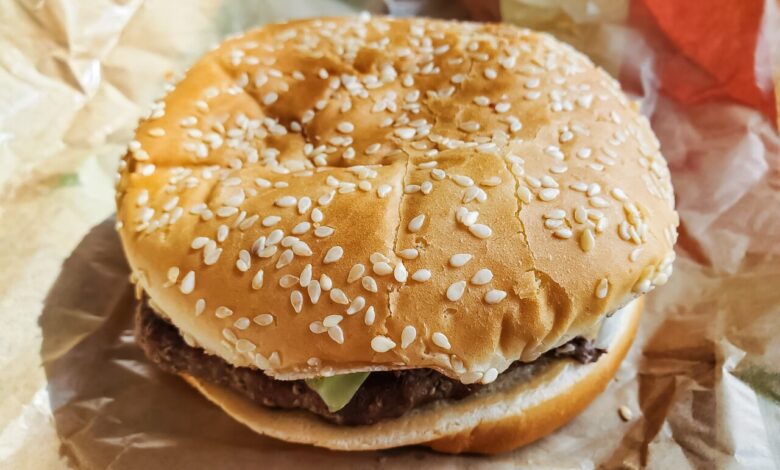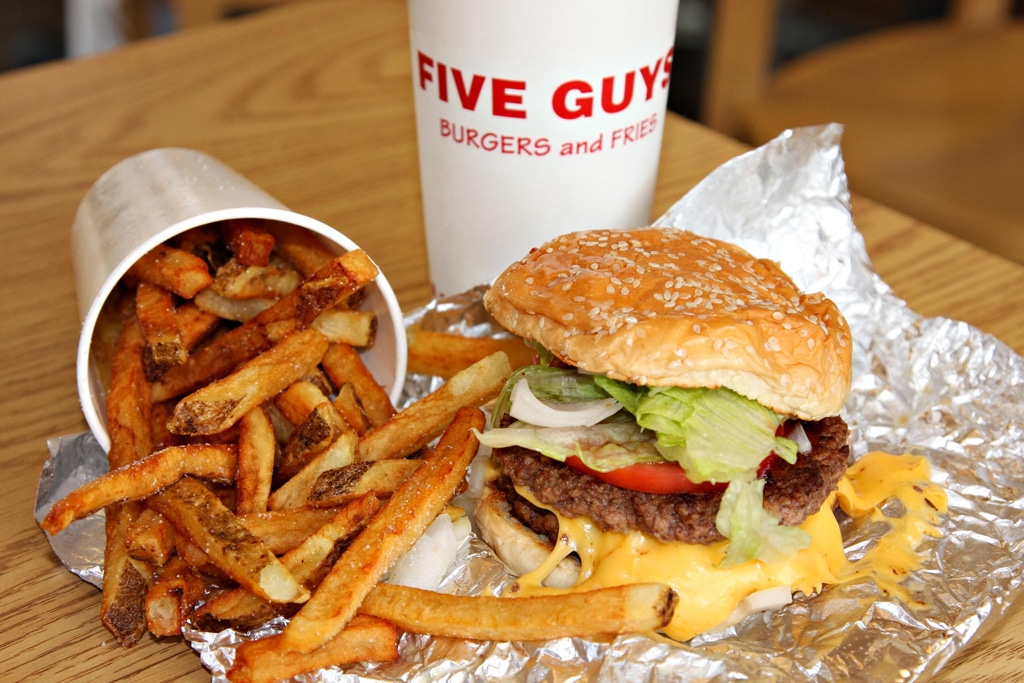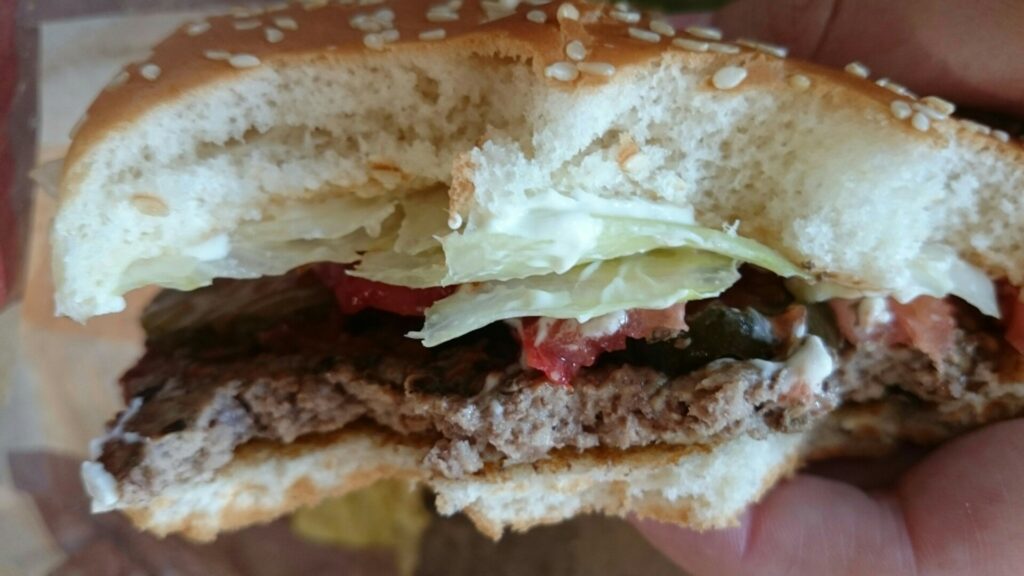The Evolution and Impact of Fast Food Restaurants

Fast food restaurants has reshaped global dining habits over the last century. What began as a simple solution for busy individuals seeking quick, affordable meals has exploded into a multi-billion-dollar industry. The origins of fast food can be traced back to early 20th-century America, where urbanization and the rise of automobile culture created demand for convenient dining options. White Castle, founded in 1921, is often credited as the first modern fast food chain, introducing standardized menus, assembly-line preparation, and a focus on speed.
By the 1950s, fast food restaurants had become symbols of post-war prosperity and efficiency. Chains like McDonald’s, Burger King, and KFC capitalized on the growing middle class’s desire for consistency and affordability. The introduction of the drive-thru window in the 1970s further cemented fast food’s role in everyday life, catering to families, commuters, and time-pressed workers. Today, these restaurants are ubiquitous, with global brands adapting menus to local tastes—think McDonald’s serving paneer wraps in India or Pizza Hut offering squid toppings in Japan.
The cultural impact of fast food is undeniable. It has influenced everything from workplace lunch breaks to road trip traditions. However, this convenience comes with trade-offs. Critics argue that the industry’s reliance on processed ingredients and high-calorie meals has contributed to public health crises like obesity and diabetes. Despite these concerns, fast food remains a staple for millions, reflecting its deep-rooted role in modern society.
How Fast Food Restaurants Changed the Way We Eat

Fast food restaurants didn’t just offer a new way to dine—they revolutionized food culture itself. Before their rise, meals were often home-cooked, tied to regional ingredients and family recipes. Fast food introduced a homogenized dining experience, where a burger in Los Angeles tasted nearly identical to one in New York. This standardization appealed to consumers seeking predictability, especially in unfamiliar locations.
The speed of service also altered expectations around meal times. Traditional sit-down restaurants required patrons to allocate significant time for dining, but fast food chains prioritized efficiency. The “fast” in fast food isn’t just about preparation; it’s about aligning with the accelerated pace of modern life. For many, grabbing a meal in under 10 minutes fits seamlessly into packed schedules, making it a practical choice for students, professionals, and parents alike.
Moreover, fast food popularized the idea of eating on-the-go. The rise of disposable packaging—think paper wrappers and cardboard fries containers—meant meals could be consumed anywhere: in cars, at parks, or even while walking. This shift normalized casual, informal dining and reduced the emphasis on mealtime rituals. While some lament the loss of communal eating traditions, others appreciate the flexibility that fast food provides in an increasingly busy world.
The Health Debate Surrounding Fast Food
Fast food restaurants have long been at the center of health-related controversies. Menus dominated by fried items, sugary beverages, and oversized portions have drawn criticism from nutritionists and public health advocates. Studies link frequent fast food consumption to obesity, heart disease, and metabolic disorders, particularly among children and low-income populations. The high sodium, trans fats, and artificial additives in many menu items exacerbate these risks.
In response, chains have introduced healthier options over the years. Salads, grilled chicken sandwiches, and fruit cups now appear alongside classic burgers and fries. Some restaurants, like Subway, have built their brands around “fresh” and “customizable” ingredients. However, critics argue these changes are superficial. For example, a salad drenched in creamy dressing can contain more calories than a cheeseburger, and many “healthy” items are priced higher than traditional menu options, limiting accessibility.
The industry’s marketing tactics also face scrutiny. Colorful ads targeting children, toy promotions, and social media campaigns often overshadow nutritional messaging. While some countries have implemented regulations—such as banning free toys with unhealthy kids’ meals—the global influence of fast food marketing remains strong. Balancing profit motives with public health responsibility continues to be a challenge for the industry.
Economic Powerhouses: Fast Food’s Role in Global Economies
Beyond their cultural footprint, fast food restaurants are economic juggernauts. The industry employs millions worldwide, from frontline workers to corporate executives. In the U.S. alone, quick-service restaurants generate over $300 billion annually, accounting for a significant portion of the foodservice sector. Franchising models have enabled rapid expansion, allowing entrepreneurs to invest in established brands while benefiting from corporate marketing and supply chains.
However, the sector’s economic impact is double-edged. While it creates jobs, many positions are low-wage and lack benefits, contributing to income inequality. The “Fight for $15” movement, advocating for higher minimum wages, has gained traction in part due to fast food workers’ activism. Conversely, franchises offer opportunities for small business ownership, particularly for immigrants and minority communities. For example, over 60% of 7-Eleven stores in the U.S. are owned by first- or second-generation immigrants.
Globally, fast food chains influence agricultural markets. The demand for ingredients like beef, potatoes, and poultry shapes farming practices and trade policies. In Brazil, soybean production for animal feed has surged to meet the needs of international fast food brands, impacting local ecosystems. This interconnectedness highlights the industry’s far-reaching economic tentacles.
Innovation and Adaptation in the Fast Food Industry
To stay relevant, fast food restaurants continually reinvent themselves. Technological advancements, such as self-service kiosks and mobile ordering apps, streamline the customer experience. Chains like Domino’s have embraced drone delivery and AI-powered chatbots, while McDonald’s acquired Dynamic Yield in 2019 to personalize drive-thru menus based on weather, time of day, and trending items.
Sustainability is another frontier. With growing consumer awareness of environmental issues, brands are pledging to reduce waste and carbon footprints. Starbucks aims to eliminate plastic straws by 2025, and Burger King has experimented with reusable packaging. Plant-based menu items, like the Beyond Meat Whopper, cater to vegetarians and flexitarians, reflecting shifting dietary preferences.
Cultural adaptation remains critical. In India, where many avoid beef for religious reasons, McDonald’s offers the McAloo Tikki burger—a spiced potato patty. In the Middle East, Ramadan-specific promotions attract customers during the holy month. Such localization strategies ensure global appeal while respecting regional customs.
The Environmental Cost of Convenience
The convenience of fast food comes at an environmental price. Single-use packaging generates massive waste, with much ending up in landfills or oceans. A 2021 study estimated that the top fast food chains produce over 8 million tons of packaging waste annually. While some companies have introduced recyclable materials, implementation is inconsistent, and recycling infrastructure lags in many regions.
Animal agriculture, a cornerstone of fast food supply chains, is a major contributor to greenhouse gas emissions. Beef production alone accounts for nearly 15% of global emissions, driven by methane from cattle and deforestation for grazing land. Water usage is another concern; producing a single fast food burger requires approximately 660 gallons of water, factoring in feed crops and livestock hydration.
Efforts to mitigate these impacts are underway. Brands like Chipotle prioritize “Food with Integrity,” sourcing ethically raised meats and organic produce. KFC in the UK trialed edible coffee cups to reduce waste. However, scaling such initiatives industry-wide remains a daunting task.
Fast Food’s Cultural Influence: Beyond the Menu

Fast food restaurants have permeated pop culture, appearing in films, music, and art. The iconic Golden Arches of McDonald’s are recognized worldwide, symbolizing globalization and American capitalism. Documentaries like Super Size Me and The Founder explore the industry’s societal effects, while artists like Andy Warhol have used fast food imagery to comment on consumerism.
These establishments also serve as communal spaces. Teenagers flock to fast food outlets as hangout spots, and families celebrate milestones with meals at their favorite chains. In some communities, they act as de facto community centers, offering free Wi-Fi and air-conditioned seating. This dual role—provider of both food and social space—underscores their embeddedness in daily life.
Yet, the industry faces pushback. The “slow food” movement advocates for traditional cooking and locally sourced ingredients as an antidote to fast food’s homogenization. Despite this, the convenience and affordability of fast food ensure its enduring popularity.
FAQs About Fast Food Restaurants
Q: Are fast food restaurants the largest employers globally?
A: While not the largest, they are significant employers. The industry employs over 5 million people in the U.S. alone and millions more worldwide, particularly in entry-level roles.
Q: What’s the healthiest fast food option?
A: Opt for grilled items, salads with light dressing, and water instead of soda. Chains like Panera and Sweetgreen focus on healthier menus.
Q: How do fast food chains impact local businesses?
A: They often outcompete small, independent restaurants due to economies of scale. However, franchises can stimulate local economies by creating jobs and tax revenue.
Q: Why are fast food prices so variable globally?
A: Factors like ingredient costs, labor laws, and import taxes influence pricing. A Big Mac in Switzerland costs nearly twice as much as in South Africa.
Q: Are plant-based fast food options healthier?
A: They often have less cholesterol but may still be high in sodium and processed ingredients. Moderation is key.
Q: How is technology changing fast food?
A: Apps, delivery robots, and AI-driven kitchens are enhancing speed and personalization, though some fear job displacement.



